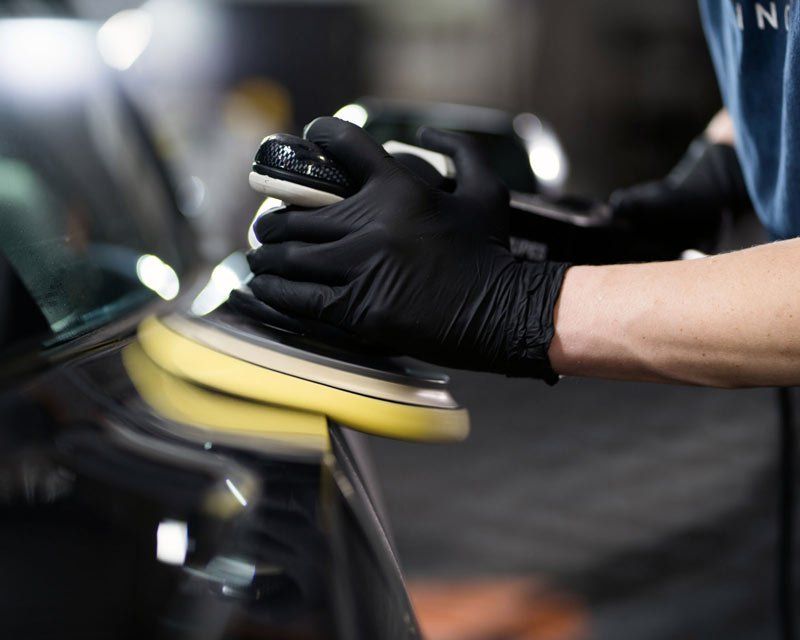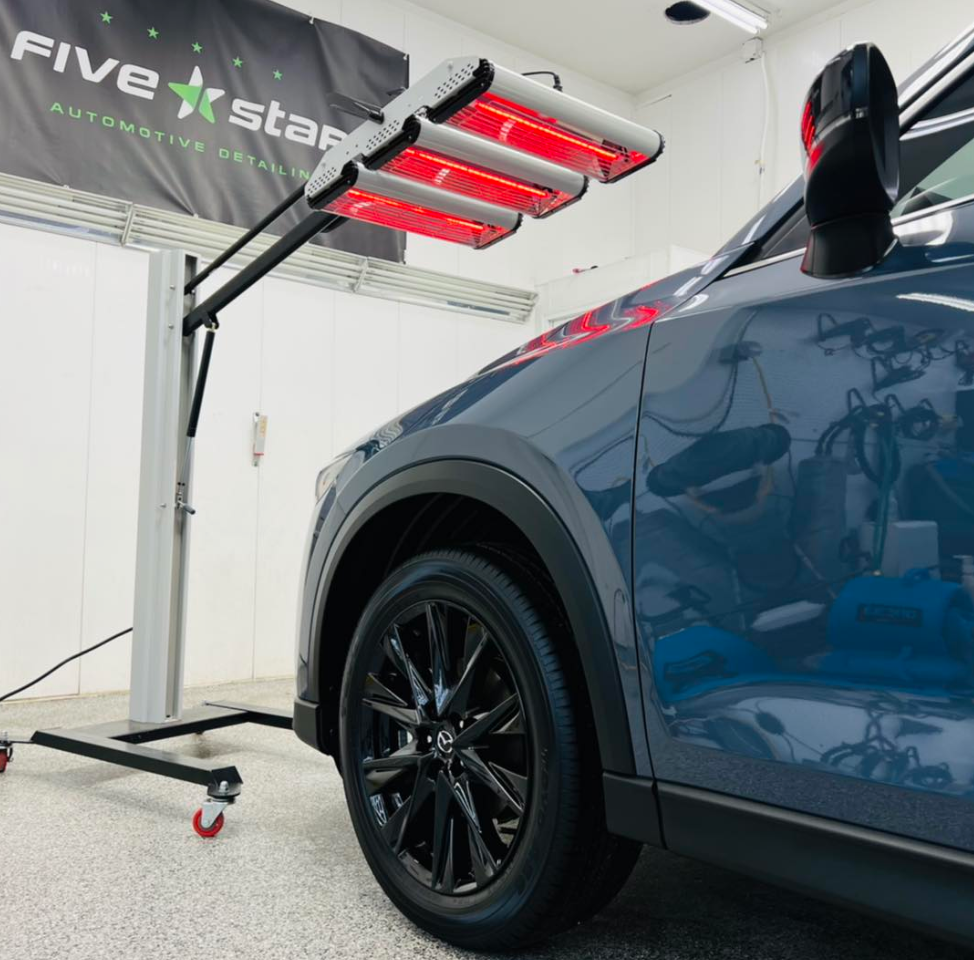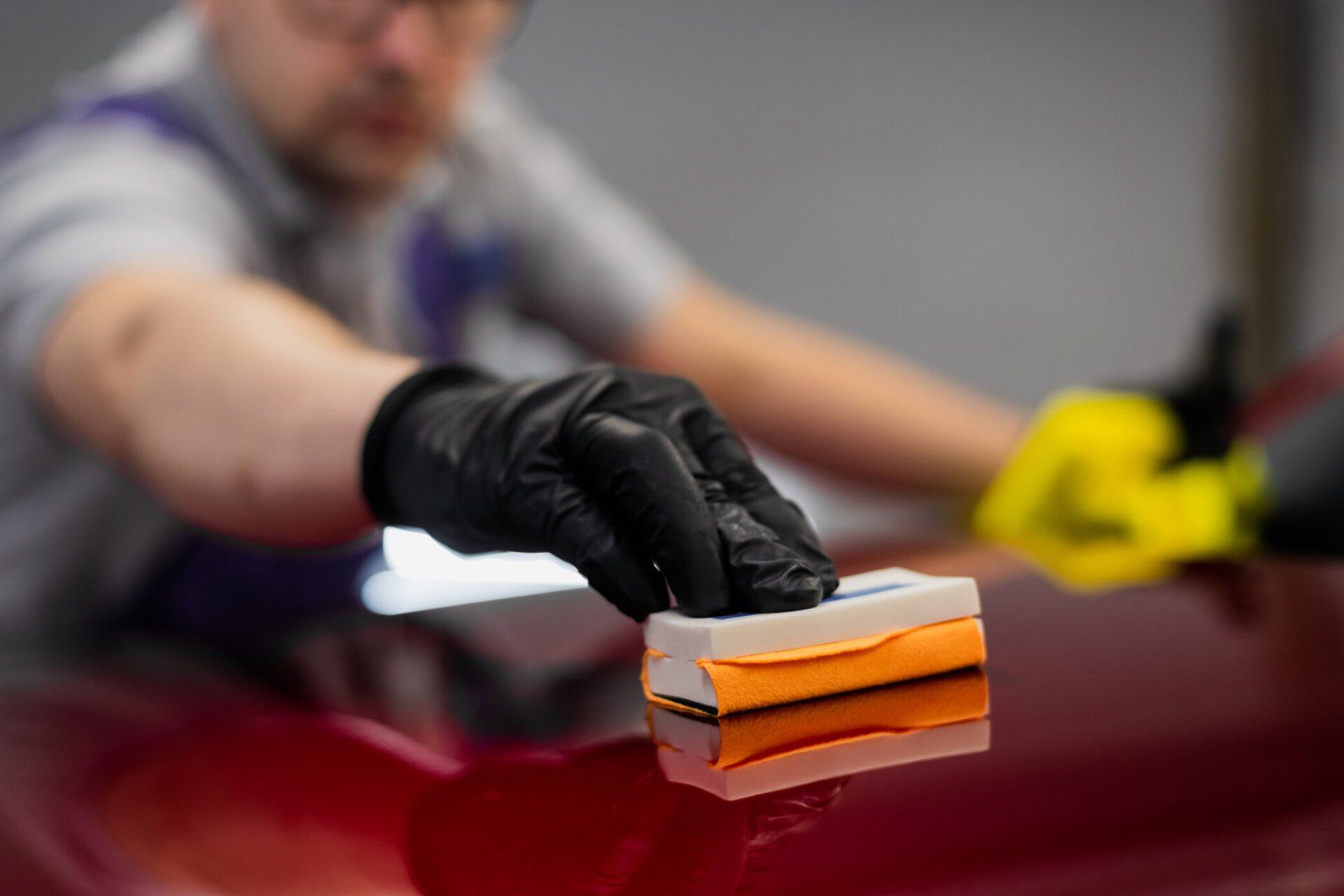Paint correction is essential for keeping your car's paint job looking its best. It uses special products, methods, and tools to eliminate flaws and fix painted surfaces, giving them a smooth, glossy look.
What is Paint Correction?
Paint correction removes small scratches, swirl marks, and oxidation from a car's paint job. It involves using special tools and techniques to restore the condition of the paint job and make it look as good as when it left the factory. This can add significant value to the vehicle if done correctly.
While cost considerations may be associated with having a professional handle paint correction, many experts argue it's worth it. Professional techniques can ensure that any paintwork will last much longer and look better than if an amateur attempted it. Furthermore, professionals understand which materials are best for specific surfaces and how to use them correctly to leave a finish that lasts for years.
In the end, the best way to keep the outside of your car in good shape is to use professional paint correction and car detailing services. With the right tools and knowledge, professionals offer an effective and reliable way to ensure that any painted surface on an automobile keeps its original look over time.
What Does it Involve?
Paint correction involves a few different steps, depending on the desired results:
- A technician has to look over the car and find any damage to the paint, such as scratches, swirls, or oxidation.
- They may wash and clean the car's surface to remove dirt or debris.
- Sanding may be needed to even out the surface depending on the deep imperfections.
- After sanding, compounding removes more deep scratches and oxidation on the finish.
- A polishing step follows to restore luster and clarity to the paint finish.
- Finally, for extra protection, wax or sealant can be added for that extra layer of protection.
It is important to note that paint correction does not necessarily guarantee perfection. It can make the car look better, but it can't make it look brand new again if there's been a lot of damage. That's why it's important to have regular maintenance checks with your mechanic or technician to find problem areas before they get too big to fix.
The decision comes down to what you (or your mechanic) think is best for you and your car. Make sure it's done right by qualified professionals to keep your car's performance at its best and its value at its highest for as long as possible. With this in mind, let us consider why paint corrections may be essential for your car's health.
- Paint correction can increase the gloss and shine of a car by up to 50%, depending on the condition of the paint before treatment.
- According to an article published in Car Care Tips, paint correction can make a car look as new or close to it, even if it is several years old.
- Paint correction can protect the paint from premature fading and oxidation caused by UV, pollutants, and other environmental contaminants.

The Benefits of Paint Correction
Paint correction offers a variety of benefits for vehicle owners. As the process involves removing paint from the surface to smooth out imperfections, it can leave an improved finish that looks much better. By eliminating layers of clear coat that may have become dull, scratched, or stained due to weather and other natural conditions, paint correction can restore a car's original, lustrous appearance. In addition, unlike a simple auto wax or polish, which can only hide minor defects without actually removing them, paint correction can remove more severe damage and improve visibility so that colors are brighter and more vivid.
The benefits of paint correction include the following:
- Improving the finish of your car's paintwork - Paint correction removes oxidation, scratches, and other signs of wear, restoring clarity and depth to the color and protecting it from further damage.
- Enhancing aesthetic appeal - After paint correction, your car will look brighter, shinier, and more uniform in color, giving it a much higher quality overall look.
- Increasing resale value - A good paint job can improve a car's value. Regularly maintaining and correcting imperfections gives your vehicle a better chance of getting top dollar for sale or trade-in.
- Preventing problems with rusting and corrosion - Rust forms when metal is exposed to air and moisture due to imperfections in the paint finish; paint correction prevents these flaws from forming, which keeps your car safe from further rot and decay.
Now that we've explored the benefits of paint correction, let's focus on the risk factors of not doing one.
Risk Factors of Not Doing a Correction Job
The improved appearance that results from a paint correction job is undeniable. However, risks are also associated with not doing a correction job on your vehicle. In some cases, failing to take the proper steps to protect and maintain a vehicle's paint can lead to expensive damage in the future. For example, UV light from the sun can contribute to painting fading and oxidation. Oxidation causes a chalky or dull appearance in the affected area. Oxidation also allows dirt and debris to adhere more easily to the surface, making it harder to keep your car clean. Insects and bird droppings can also cause permanent damage if left on long enough, as they contain corrosive elements.
These examples show how important it is to do what you must to keep your car's paint in good shape and fix it when needed. By investing in paint correction, you get the peace of mind of knowing that your car's paint is protected from these types of damage while simultaneously increasing its shine and visual appeal. In addition, investing in even minor touch-ups, instead of waiting until major repairs are required, can save you time and money in the long run.
Considering all of this, it is smart to set aside money for regular maintenance to ensure that your car's paint gets special care when needed. In addition, considering what type of car paint correction service would suit your needs best will help you make an informed decision when it comes time for maintenance work on your car.
Finding Skilled Professionals for Paint Correction
When considering paint correction for a vehicle, finding a skilled professional to get it done right is essential. This can be tricky, as paint correction is more specialized than typical car detailing jobs. There are a variety of opinions as to whether it's better to hire a specialist or entrust the job to any professional with experience in auto detailing.
The best way to find skilled professionals for paint correction depends on each person's situation and preferences, such as cost and how comfortable they are giving someone else control of their car.
At
Five Star Automotive Detailing, we understand how important it is to restore your vehicle's paint job to its former glory, so we offer top-quality paint correction services. Our team of experienced professionals uses only the highest quality materials and techniques to ensure your vehicle's paint job looks great for years to come.
Turn to the Five Star Automotive Detailing experts to correct your car's paint job. Call us today at 507-213-3561 to
schedule an appointment or learn more about our services. We look forward to helping you restore your car's beauty!






